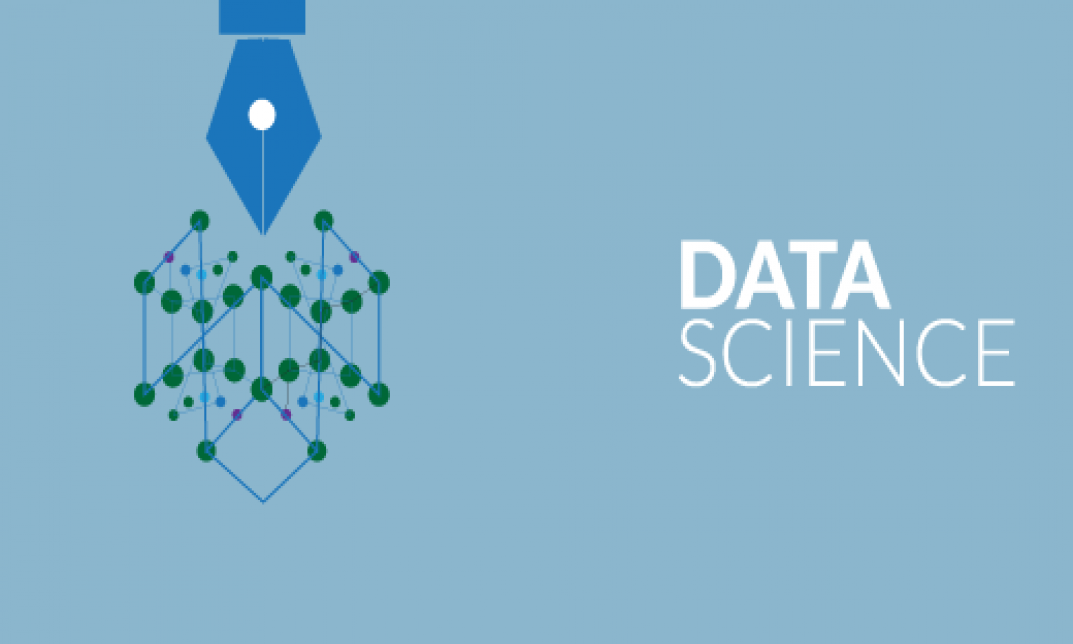Introduction To Data Science
- Jargon Busting
- Analytics Problem Solving Framework
- Language of Data Analysts
- Business and Data Understanding
- Overview of analytics tools & their popularity
- Data Dictionary & Data Granularity
- Data Quality & Cleaning
- Data Preparation
- Data Visualization
- Case Study
Python For Data Science
- Overview of Python
- Need of Python for data science
- Introduction to installation of Python
- Introduction to Python Editors & IDE’s (Canopy, pycharm, Jupyter, Rodeo,Ipython etc…)
- Understand Jupyter notebook & Customize Settings
- Concept of Packages/Libraries - Important packages (NumPy, SciPy, scikit-learn,Pandas, Matplotlib, etc)
- Installing & loading Packages & Name Spaces
- Data Types & Data objects/structures (strings, Tuples, Lists, Dictionaries etc.)
- Variable & Value Labels – Date & Time Values
- Basic Operations - Mathematical - string – date
- Importing Data from various sources (csv, txt, excel, xml etc.)
- Database Input (Connecting to database)
- Viewing Data objects - sub setting methods
- Exporting Data to various formats (Different File systems)
- Important python modules (NumPy, SciPy, scikit-learn, Pandas, Matplotlib, etc)
- Puzzles/Exercise
Data Wrangling In Python
- Cleansing Data with Python
- Data Manipulation steps (Sorting, filtering, duplicates, merging, appending, subsetting, derived variables, sampling, Data type conversions, renaming, formatting etc.)
- Data manipulation helpers (Operators, Functions, Packages, control structures,Loops, arrays etc.)
- Python Built-in Functions (Text, numeric, date, utility functions)
- Python User Defined Functions (UDFs)
- Formatting data
- Puzzles/Exercise
Introduction to Statistics
- Basic Statistics - Measures of Central Tendencies and Variance
- Building blocks - Probability Distributions - Normal distribution - Central Limit
- Theorem
- Descriptive statistics, Frequency Tables and summarization
- Univariate Analysis and Bivariate Analysis
- Inferential Statistics -Sampling - Concept of Hypothesis Testing
- Statistical Methods - Z/t-tests (One sample, independent, paired), Anova,
- Correlations and Chi-square
Data Visualization And Statistics Using Python
- Introduction exploratory data analysis
- Descriptive statistics, Frequency Tables and summarization
- Univariate Analysis (Distribution of data & Graphical Analysis)
- Bivariate Analysis (Cross Tabs, Distributions & Relationships, Graphical
- Analysis)
- Creating Graphs- Bar/pie/line chart/histogram/ boxplot/ scatter/ density,
- Important Packages for Exploratory Analysis and for statistical methods (NumPy
- Arrays, Matplotlib, seaborn, Pandas and scipy.stats etc.)
- Case Study
Introduction to Machine Learning & Predictive Modelling
- Types of Business problems - Mapping of Techniques - Regression vs.
- classification vs. segmentation vs. Forecasting
- Machine Learning Framework
- Major Classes of Learning Algorithms -Supervised vs. Unsupervised Learning
- Different Phases of Predictive Modelling (Data Pre-processing, Sampling, Model
- Building, Validation)
- Over fitting (Bias-Variance Trade off) & Performance Metrics
- Feature engineering & dimension reduction (PCA)
- Concept of optimization & cost function
- Overview of gradient descent algorithm
- Overview of Cross validation (Bootstrapping, K-Fold validation etc.)
- Model performance metrics (R-square, adjusted R-square, RMSE, MAPE, AUC,
- ROC curve, recall, precision, sensitivity, specificity, and confusion metrics)
- Linear Regression (SLR, MLR, Generalised Linear Regression, Regularization
- Regression)
- Supervised Classification (K-NN, Naïve Bayes, Logistic Regression, Support
- Vector Machines, Decision Trees, Neural Network)
- Concept of Distance and related math background
- Un-Supervised learning (K-Means Clustering, Hierarchical Clustering)
- Time series forecasting, Time Series Components (Trend, Seasonality, Cyclicity and Level) and Decomposition
- Basic Techniques of time series - Averages, Smoothening, etc.
- Advanced Techniques of time series - AR Models, ARIMA, etc.
- Understanding Forecasting Accuracy of time series - MAPE, MAD, MSE, etc.
- Concept of Ensembling and Methods of Ensembling
- Association Rule Mining
- Case Study and project for Applying different algorithms to solve the business problems and bench mark the results
